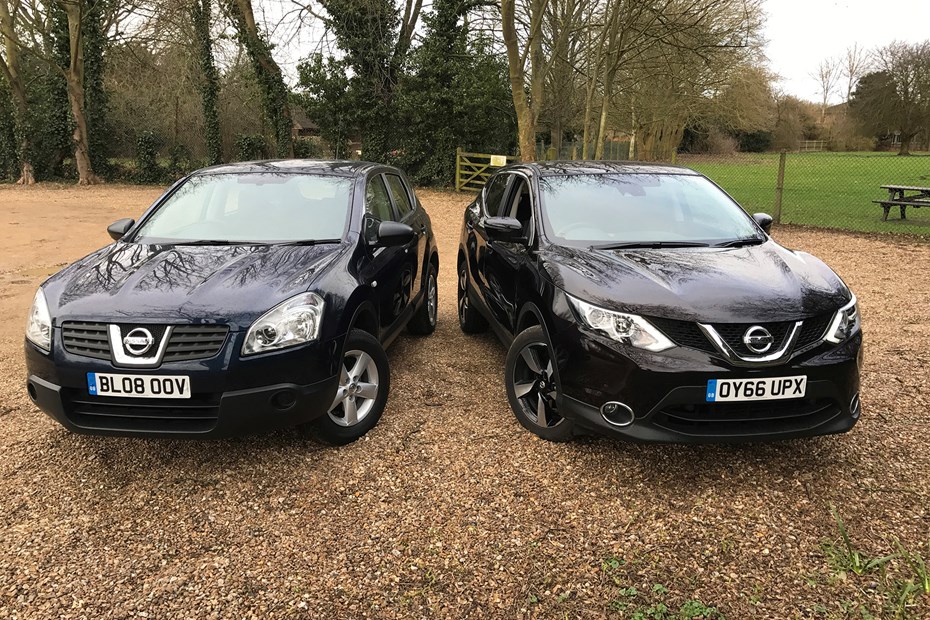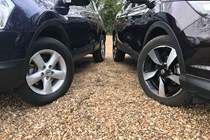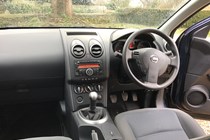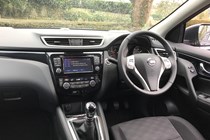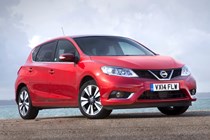Since the Nissan Qashqai was introduced in 2007, the car world has gone SUV crazy.
You can’t drive down the high street now without seeing one, and the Qashqai has remained one of the most popular throughout, despite a torrent of competition flooding the market in recent years.
Qashqai kicked off the family SUV carnival
While not the first compact SUV on sale, the Nissan Qashqai popularised the idea of a jacked-up hatchback to those looking for something different, and it’s been a runaway success ever since.
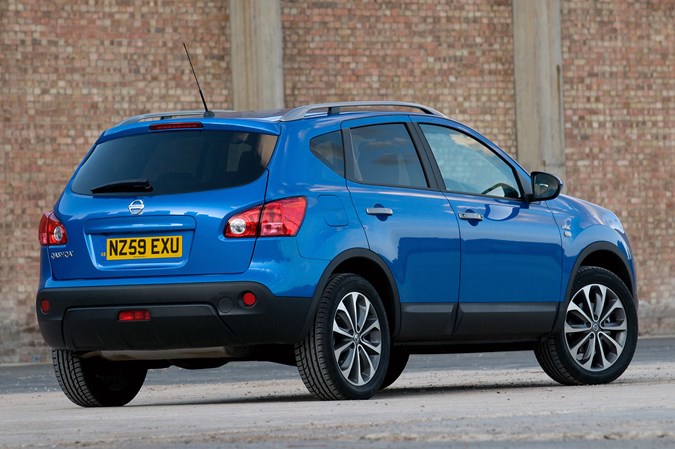
Regularly featuring in Top 10 sales charts, the Qashqai has become as familiar a sight on UK roads as the humble Volkswagen Golf and Ford Fiesta – it’s no wonder every other manufacturer now wants a piece of the pie.
New vs old Qashqai: how far has it come?
Side by side, it’s clear Nissan has stuck with the formula it debuted with the 2007 Qashqai in the current one. It has the shape of a regular hatchback but lifted up to offer that raised ride height that’s become so desirable, as well as better visibility and ease of access.
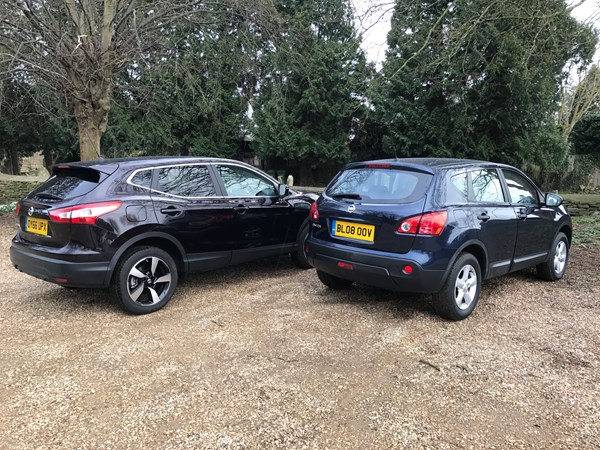
Alongside the newer car with its sharper lines, chrome trim and tinted windows, the original Qashqai shows its age, but there’s little that’s radically different.
Inside is where you notice some of the biggest changes between the two cars. There’s a much chunkier, higher-quality feel to the current car, with a more substantial dashboard housing more modern controls (although dated compared with newer rivals like the Peugeot 3008).

The two cars we brought together – both powered by 1.6-litre petrol engines – felt very different to drive, though. With 115hp, the older model is more closely matched by the 1.2-litre turbo on offer in the new car, while the 1.6-litre turbo we drove trounces it performance-wise with almost 50 more horsepower to play with.
It still isn’t the most involving SUV to drive – recent rivals have focused on driver involvement more than Nissan – but it’s relaxed with a comfortable, refined ride and tidy handling. And let’s face it, this is not a priority for most families.
SUV timeline: a trend that’s here to stay
The Qashqai kicked off a class that has spawned more niches than you can imagine, spanning both budget and premium price points, as well as large, small, practical and impractical body shapes and sizes, including its own Nissan Juke and associated rivals.
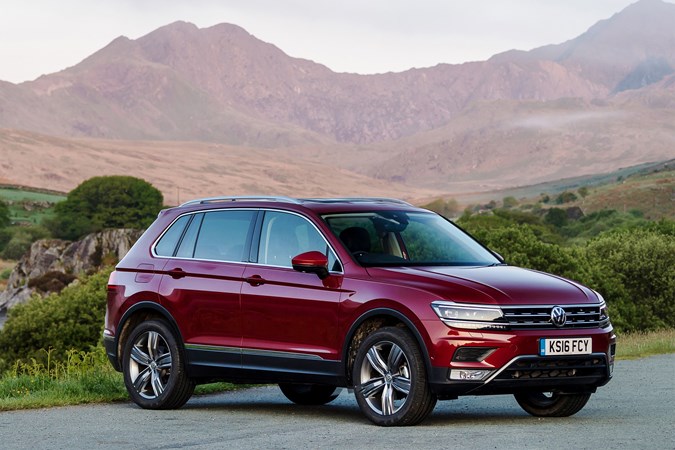
Here’s the Qashqai’s most direct competition in terms of size and price over the last 10 years.
SUV timeline: Why family SUVs rule the roost
- 2007 – Nissan Qashqai debuts
- 2008 – First-gen Ford Kuga and VW Tiguan arrive
- 2009 – MPV/SUV mish-mash Peugeot 3008 and Skoda Yeti debut
- 2010 – Hyundai ix35, Kia Sportage (third-gen but first in true SUV style), MINI Countryman, Mitsubishi ASX join the SUV club
- 2011 – Citroen DS4 arrives blending a coupe-like body and (slightly) raised driving position
- 2012 – Second-gen Ford Kuga grows up, Subaru XV and first-gen Vauxhall Mokka debut
- 2013 – Suzuki SX4 S-Cross arrives
- 2014 – Nissan Qashqai Mk2 launches
- 2015 – Bumper year as the Fiat 500X, Honda HR-V, Hyundai Tucson, DS 4, Jeep Renegade, Mazda CX-3, Renault Kadjar, SsangYong Tivoli all arrive within 12 months
- 2016 – Fourth-gen Kia Sportage, MG GS, Peugeot 3008, SEAT Ateca, Vauxhall Mokka X & second-gen VW Tiguan ramp up the competition
- 2017 – Second-gen MINI Countryman and Toyota C-HR arrive early in the year, with plenty more to come…
We’re SUV crazy now, and this list doesn’t include more compact models and the growing number of road-biased premium SUVs that have followed the trend-setting Range Rover Evoque.
What’s happened to the humble hatchback?
Good question. They’re still very much in favour – the Vauxhall Astra, Ford Focus and Volkswagen Golf are all in the top 10 registrations list the Qashqai has muscled into, but people love the appeal of having an SUV-like driving position.
Read on for more SUV and crossover stories
What about a stylish SUV? We rate the best
Just so you know, we may receive a commission or other compensation from the links on this website - read why you should trust us.


